Adjustable Radio Strap and Bucket (Firefighters, EMT, Paramedic, First Responders)
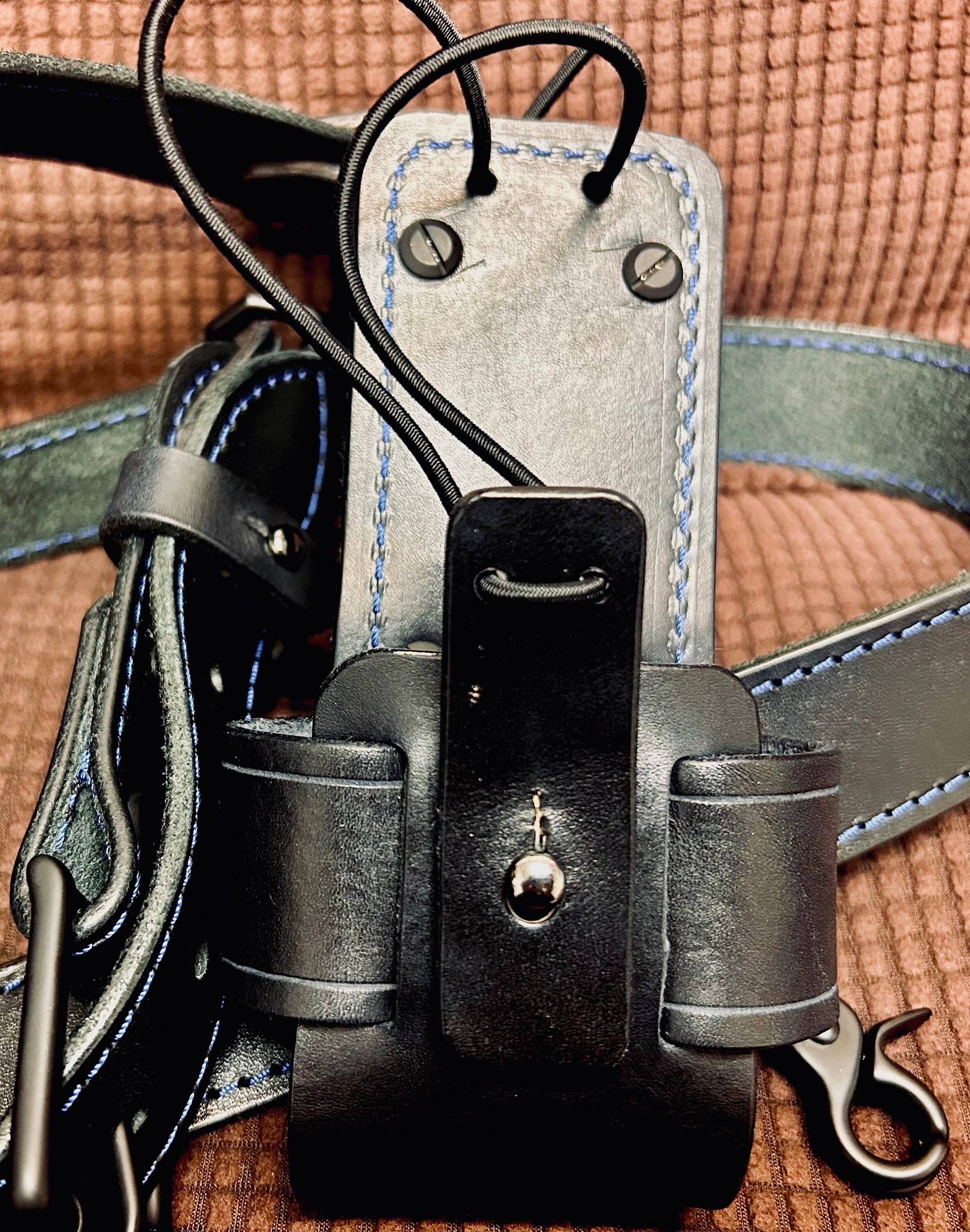

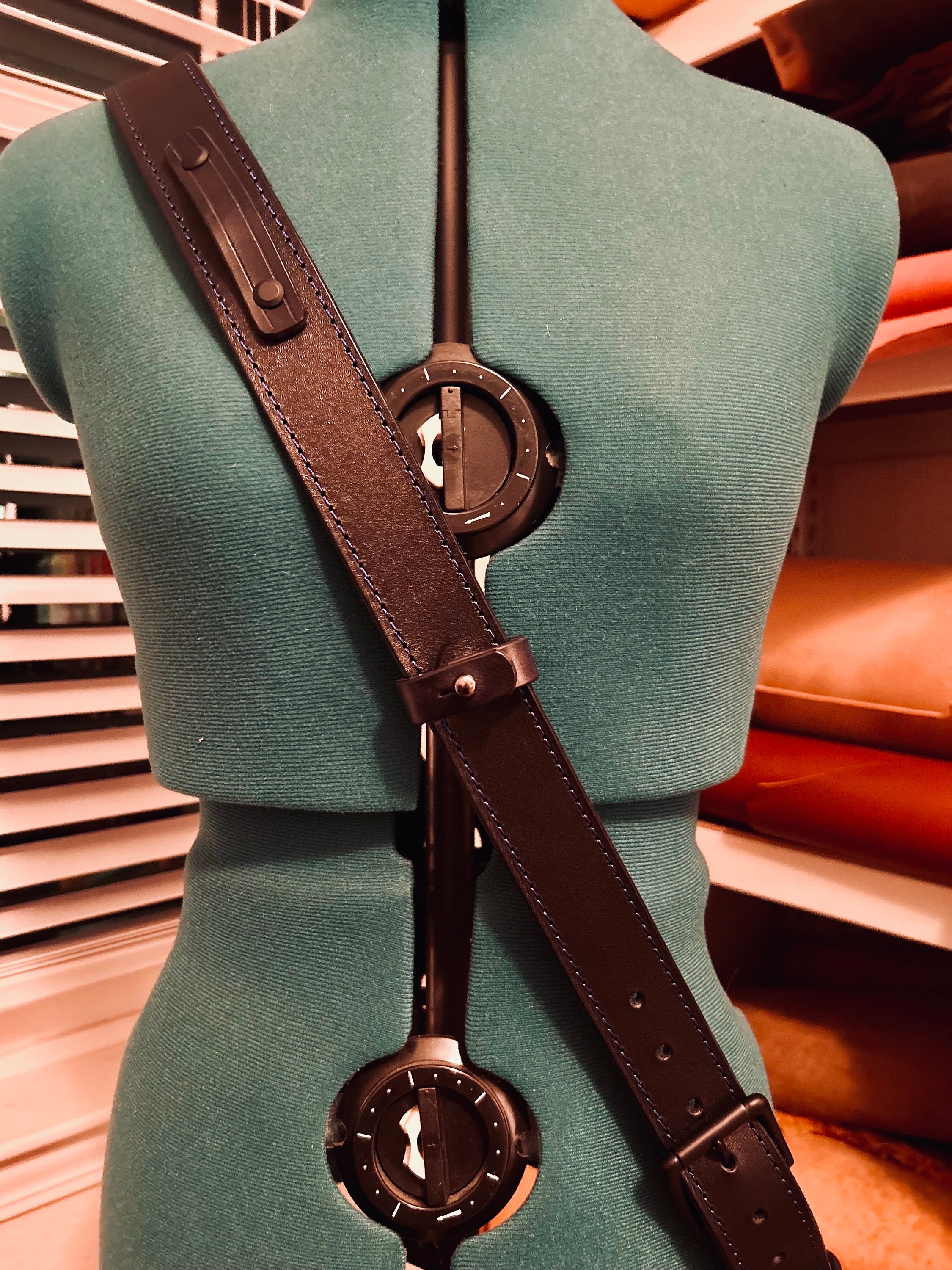
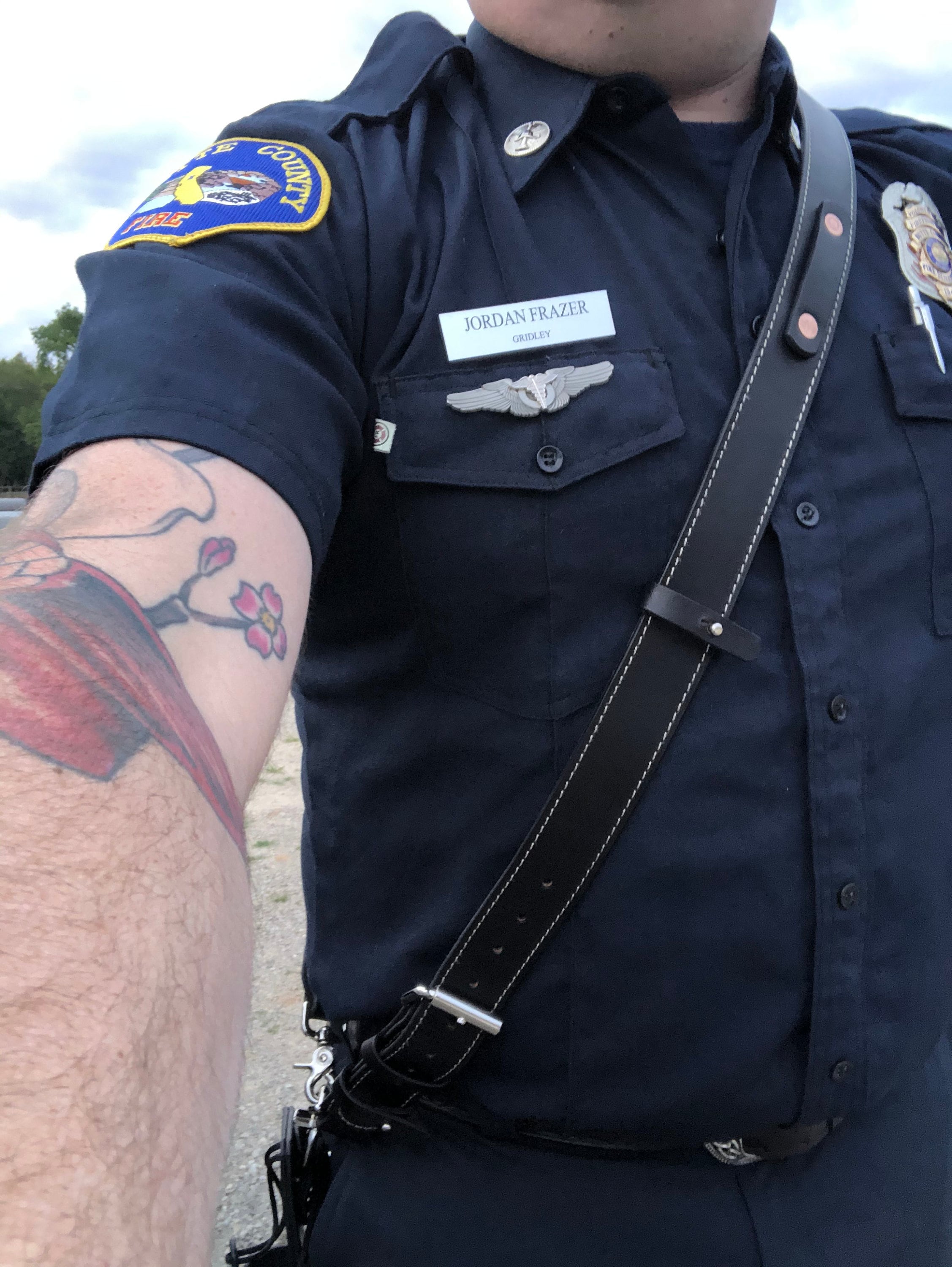
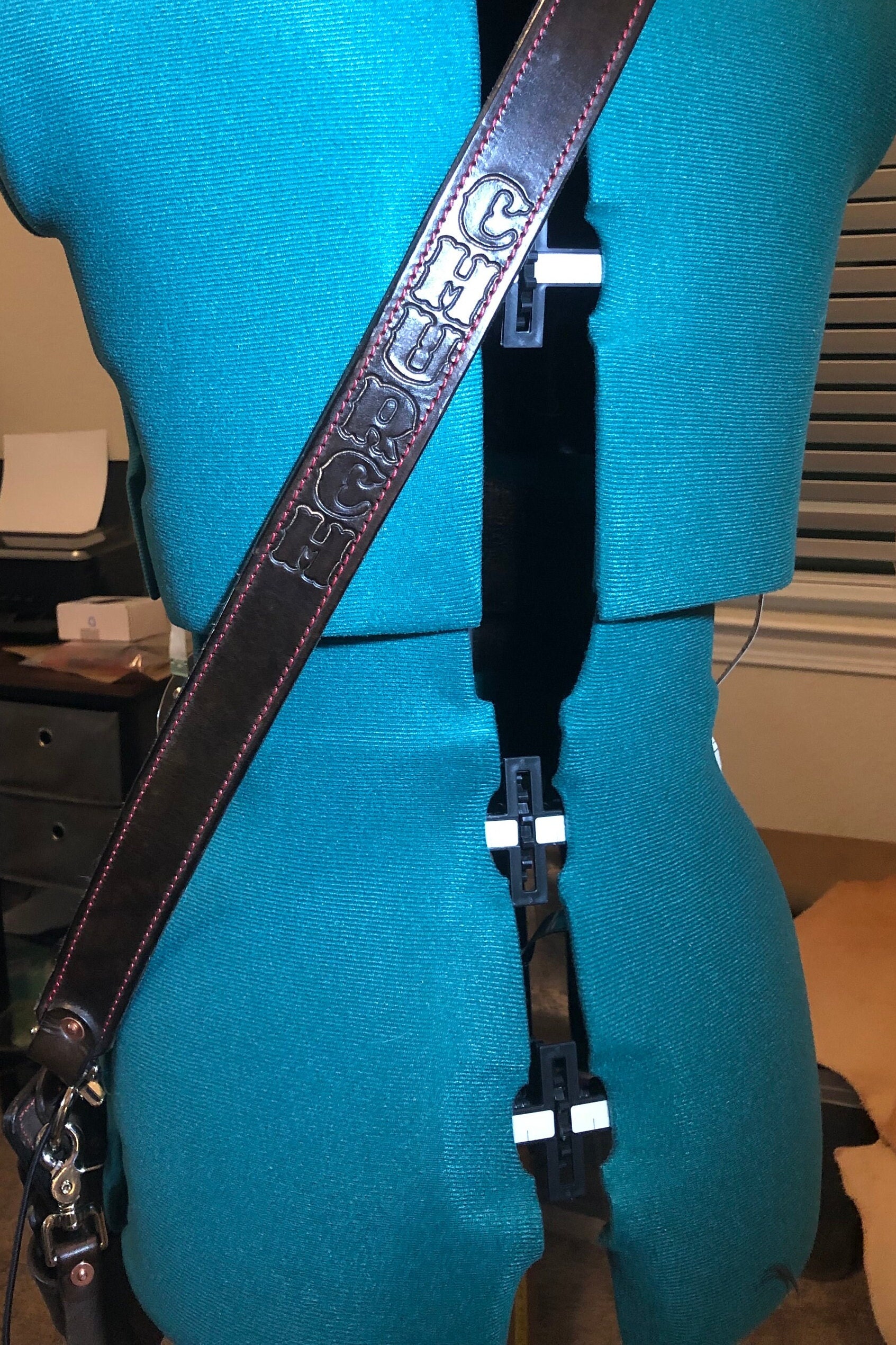
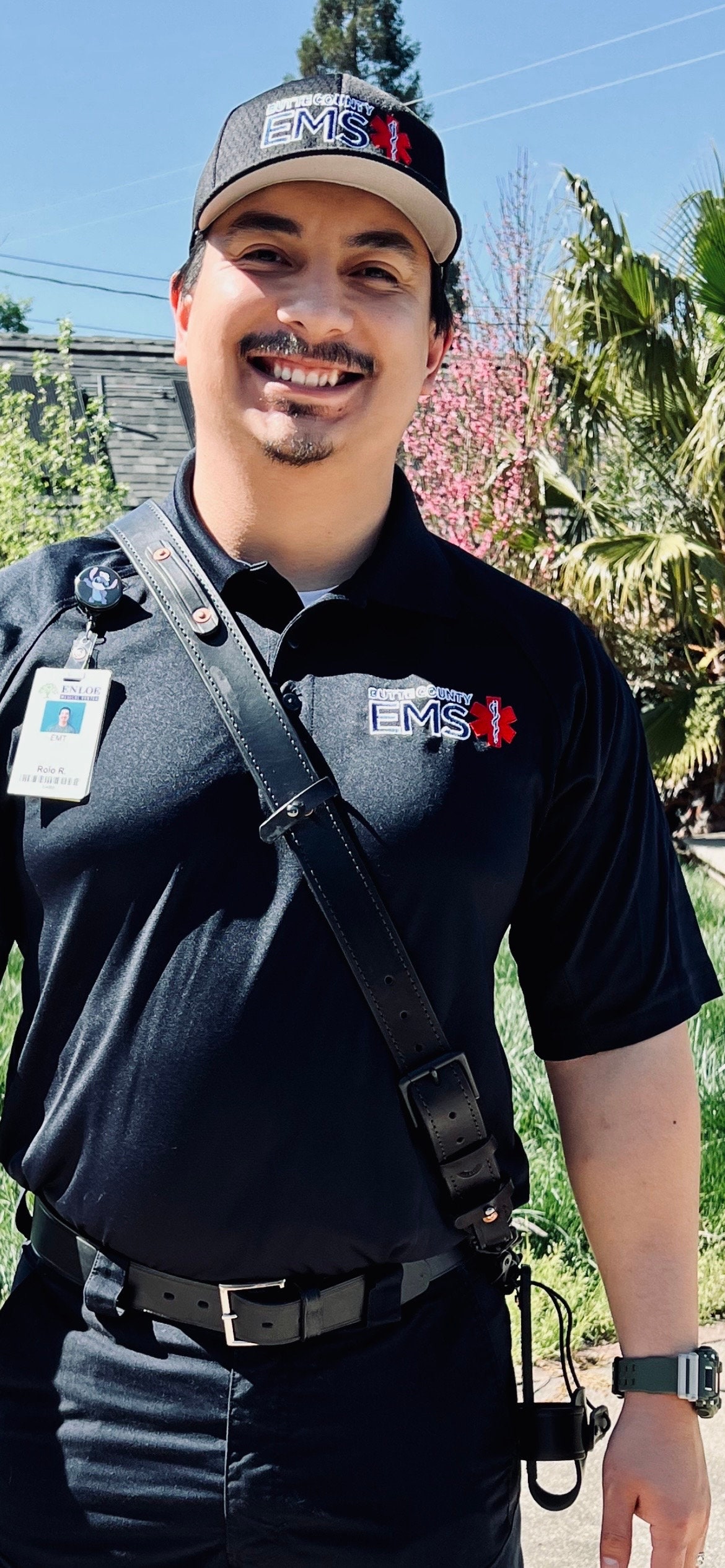
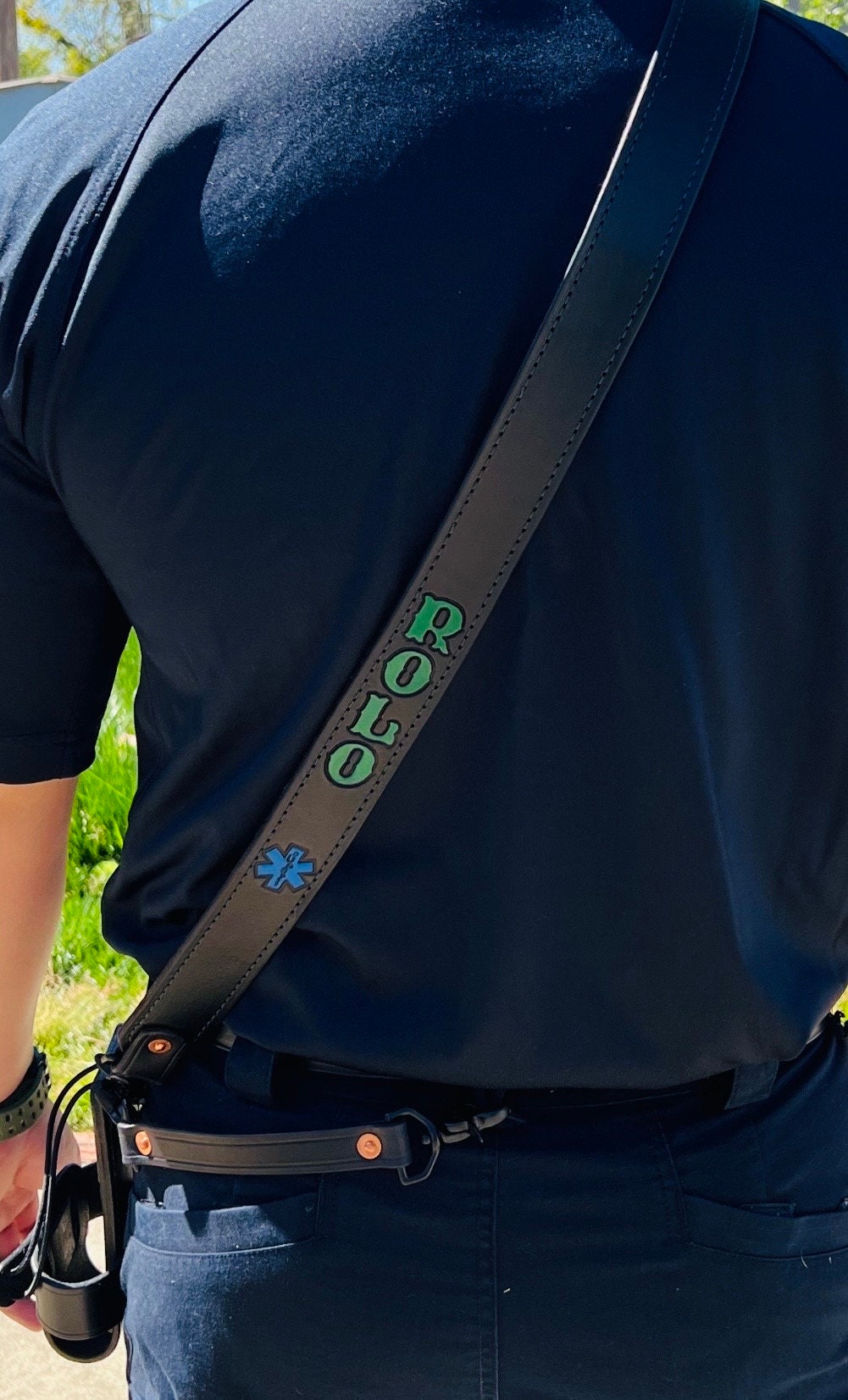

$150.00
Adjustable first responder's radio strap and bucket.
These are made of the best quality leather I can get, 1.5" wide, about 3/16" thick. The main body color can be black or brown. Need a different color? Let me know and I'll get it. I then oil them deeply and treat them to help them with water and chemical resistance. The hardware are nickel plated safety snaps, stout buckles, and copper or brass rivets. Are they a little over built? Yep. Will they fail when needed? Nope.
There's a cord keepers attached for your remote mic and a stout place to clip the mic. No more droopy, saggy mics! There's also an anti-sway strap to keep everything where it belongs. You know that guy who had their radio swing over and smack mee-maw in the face while she was being loaded on the gurney? Don't be that guy.
The bucket will fit most radios. My department uses the old BK Radios (you know, the bricks), and the newer BK CMD series. Both fit great. They're held in with shock cord so they're not going anywhere.
I make these to order with lots of adjustment holes so they can fit with your uniform or over your turnouts. I've taken mine into all sorts of fire and it hasn't let me down.
When you order, I'll need to know the color leather you want, the color thread you want, and if you want your name stamped in the back (included in the price). I'll paint the name for a little extra price. Want a Maltese Cross or Star of Life stamped somewhere? I can do that too. No charge for those simple stamps.
I'll also need some measurements from you. Measure from where you normally wear your belt, up your chest, over the opposite shoulder, and back down to the exact same place. You want this measurement to be as loose as you'd want to wear your strap. For most people this measurement will be in the neighborhood of 60-inches. If you don't have a soft tape measure to do this, use a piece of string and then measure it laid flat. If you're having trouble with the measurement, contact me.
I make these with pride with the best materials I can get. Yea, there's cheaper options out there, but you're getting what you pay for and sometimes cheaper means something that won't last or will fail under stress.
Need something a little more custom? Contact me!
Shipping from United States
Processing time
2-3 weeks
Customs and import taxes
Buyers are responsible for any customs and import taxes that may apply. I'm not responsible for delays due to customs.
Payment Options
Returns & Exchanges
I gladly accept exchanges
Just contact me within: 7 days of delivery
Ship items back to me within: 14 days of delivery
I don't accept returns or cancellations
But please contact me if you have any problems with your order.
The following items can't be returned or exchanged
Because of the nature of these items, unless they arrive damaged or defective, I can't accept returns for:
- Custom or personalized orders
- Perishable products (like food or flowers)
- Digital downloads
- Intimate items (for health/hygiene reasons)
Conditions of return
Buyers are responsible for return shipping costs. If the item is not returned in its original condition, the buyer is responsible for any loss in value.
Frequently Asked Questions
Custom and personalized orders
Absolutely. Let me know what you have in mind and I'll tell you if I can make it. Remember, no returns or exchanges on custom orders.
Care instructions
Leather lasts forever if it's cared for. Vegetable tanned leather needs a little oil (olive oil or neatsfoot oil are best) everyone once in a while. For normal wear items, once a year will do. Oil tanned and chrome tanned leather won't take oil or water, just treat them nice and they'll do the same for you.
Will I make a bunch of something and not put my makers stamp on it?
I don't think so, scooter. Nice try.
What's the difference between chrome-tanned and vegetable-tanned leather?
Vegetable tanned leather has been around for centuries. The hides are tanned in a mix of leaf (usually oak) and acorn extracts. The process takes well over a month to achieve a tannage. The resulting leather is tough, stiff, and will accept water for stamping and dying. Some leathers (latigo, bridle, etc) are vegetable tanned leathers that are then infused with waxes and fats to make them have certain qualities.
Chrome tanned leather what most of the leather in the world is. It takes only a few days to achieve a leather that is soft, pliable, and smells fantastic. It's not very durable, however, and cannot take water to be stamped or carved. It's also mildly caustic. It's generally much cheaper since it takes less time to make.
Why is leather thickness measured in ounces?
When we're talking leather "ounces", we mean how many ounces a 1 square foot piece of that leather weighs. The thicker the leather, the heavier it will be. Once ounce of leather is 1/64th of an inch. 8 ounces is 1/8th of an inch. Usually leather weights are given a range (7-8 ounces, for example) since it's a natural product and some slight variation is to be expected.